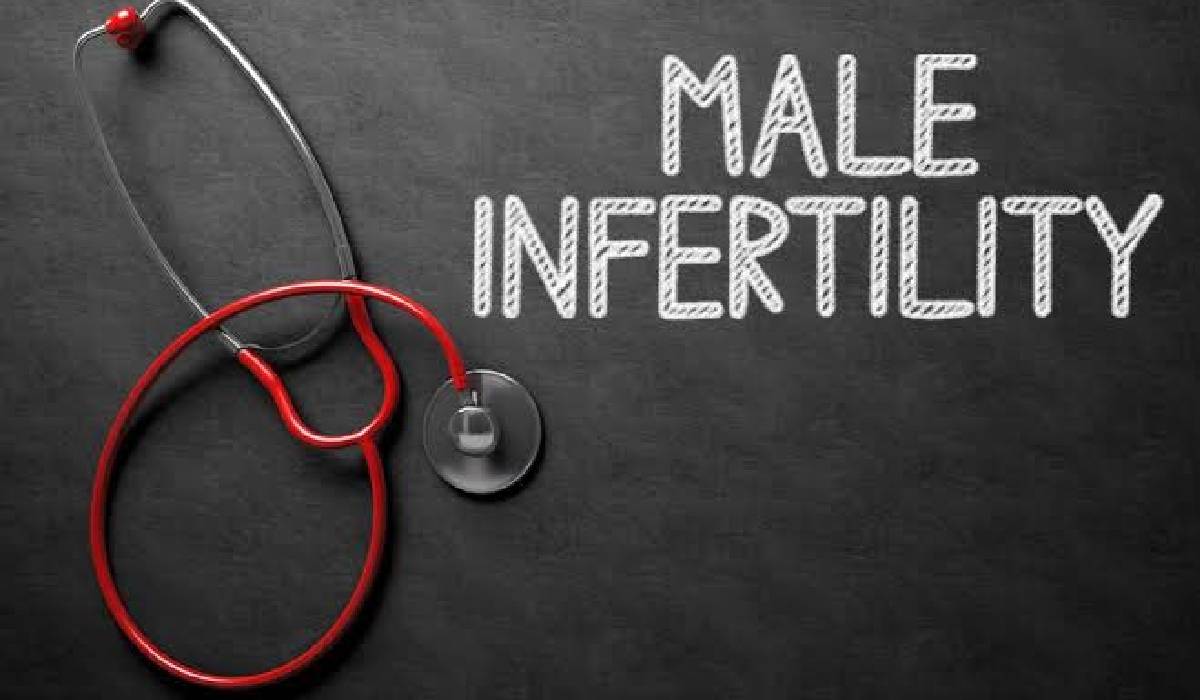

Male Fertility Overview, Evaluation and Tests
Infertility is the ability of a sexually active non contracepting couple to achieve spontaneous pregnancy in 1 year. About 15% of couples do not achieve pregnancy within one year and seek medical treatment for infertility. One in eight couples encounter problems when attempting to conceive a first child and one in 6 when attempting to conceive a subsequent child. Infertility affects both men and women. In 50% of involuntary childless couples a male factor is found together with abnormal semen parameters. One third of causes of infertility is due to male factor. Male infertility can be due to a variety of reasons which lead to decreased sperm count or motility of sperms or abnormal physical appearance of sperms. These can be due to defects at multiple levels starting from brain signalling pathways (pre testicular) to testes to post testicular ducts, which transport sperms to the male urethra. It is estimated that in about 50% of men with poor semen quality, no cause for this will be identified.
History Taking
History taking is a very important aspect to evaluate male infertility. In 30 to 40% of cases no known male infertility associated factor is found and is also called idiopathic male infertility. These men present with no previous history of diseases affecting fertility and have normal findings on physical examination and endocrine genetic and biochemical laboratory testing. However semen analysis might reveal pathological findings in the spermiogram. Idiopathic male infertility is assumed to be caused by several factors including endocrine disruption as a result of environmental pollution reactive oxygen species for genetic and epigenetic abnormalities. History of smoking, chronic diseases like diabetes, liver diseases, Tuberculosis, and other intake of drugs can also be a contributory factor so this is also an important aspect of the history. History of illnesses involving high fever such as typhoid, dengue, malaria and also high stress can be a contributory factor. Liver diseases like cirrhosis and chronic renal failure all these history also is important along with a history of any prior surgery or any trauma to the testis, any accidents involving the testis may cause result in antisperm antibodies. Also the occupational history of the patient is of importance. It is also important to note if there is any family history of infertility especially in the father or any other relatives from the paternal side.
Causes
Causes of testicular deficiency may be congenital or acquired or idiopathic. The table below enlist these causes.
Diagnostic evaluation
A semen analysis is the first test that is done for evaluation of male infertility.
Medical history and physical examination are standard assessments in all men including semen analysis. A comprehensive and biological examination is indicated if the semen analysis shows abnormalities compared with the reference values which is guided by the WHO laboratory manual for the examination and processing of human semen. It is the consensus that modern spermatology should follow these guidelines.
Frequency of semen analysis
If the results of semen analysis are normal according to the WHO. Criteria, 1 test is sufficient but if the results are abnormal in at least 2 tests, further andrological investigation is indicated. It is important to differentiate between the following-
Oligospermia, ii. Asthenozoospermia, iii. TeratospermiaIn oligospermia the spermatozoa count is less than 15 million per ml, in asthenozoospermia less than 32% progressive motile sperms and in teratozoospermia less than 4% of normal forms. Often all these three can occur simultaneously which is then defined as oligo astheno teratozoospermia or OAT syndrome. in extreme cases of oligozoospermia where the spermatozoa is less than 1 million per ml there is an increase incidence of obstruction of the male genital tract and genetic abnormalities. Azoospermia for complete absence of sperms in the semen can be classified as obstructive or non-obstructive and which can be further diagnosed by certain test done by the andrologist, such as the hormone evaluation USG of the scrotum and testicular biopsy.
Also in these patients, a genetic counselling along with Karyotyping at the least is essential to exclude any genetic causes for Azoospermia, such as Kienfekters syndrome.
Hormonal evaluation
Important chemicals called hormones control the production of sperms in men with testicular deficiency hypogonadotropic hypogonadism is usually present with high levels of follicle stimulating hormone fsh and LH or luteinizing hormone and sometimes low levels of testosterone. An andrologist is usually better able to make sense of these values and correlate with the clinical condition and also the semen analysis.
Ultrasonography
In addition to physical examination a scrotal ultrasound may be helpful in finding signs of obstruction such as varicocele, enlarged epididymis with cystic lesions or absent vas deferens and may demonstrate signs of testicular dysgenesis for patients with low seminal volume and in whom distal obstruction is suspected, trans rectal ultrasound or TRUS is essential .Invasive diagnosis including testicular biopsy scrotal exploration and distal seminal duct evaluation are indicated in patients with obstructive azoospermia in whom an acquired obstruction of the seminal duct is suspected.
Testicular biopsy
In selected cases testicular biopsy may be indicated to exclude spermatogenic failure testicular biopsy should be combined with extraction of testicular spermatozoa it is TESE for cryopreservation for future use during an IVF / ICSI treatment.
Written by Dr. Madanki
Article Tags
About the author

Leave a Comment